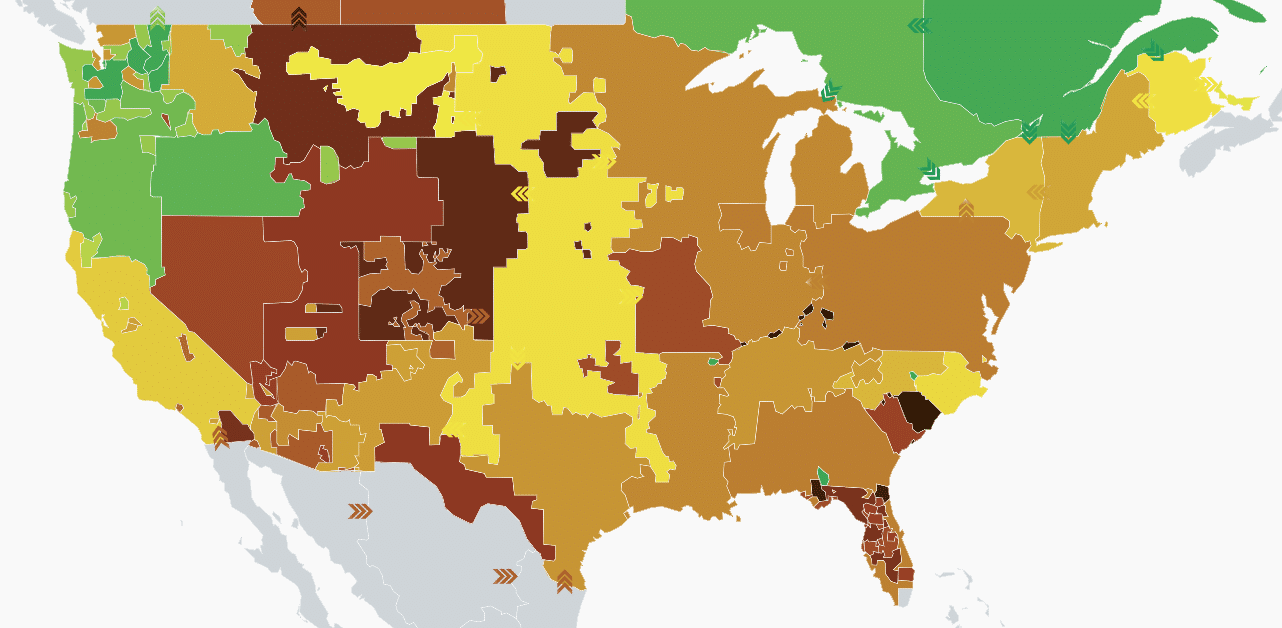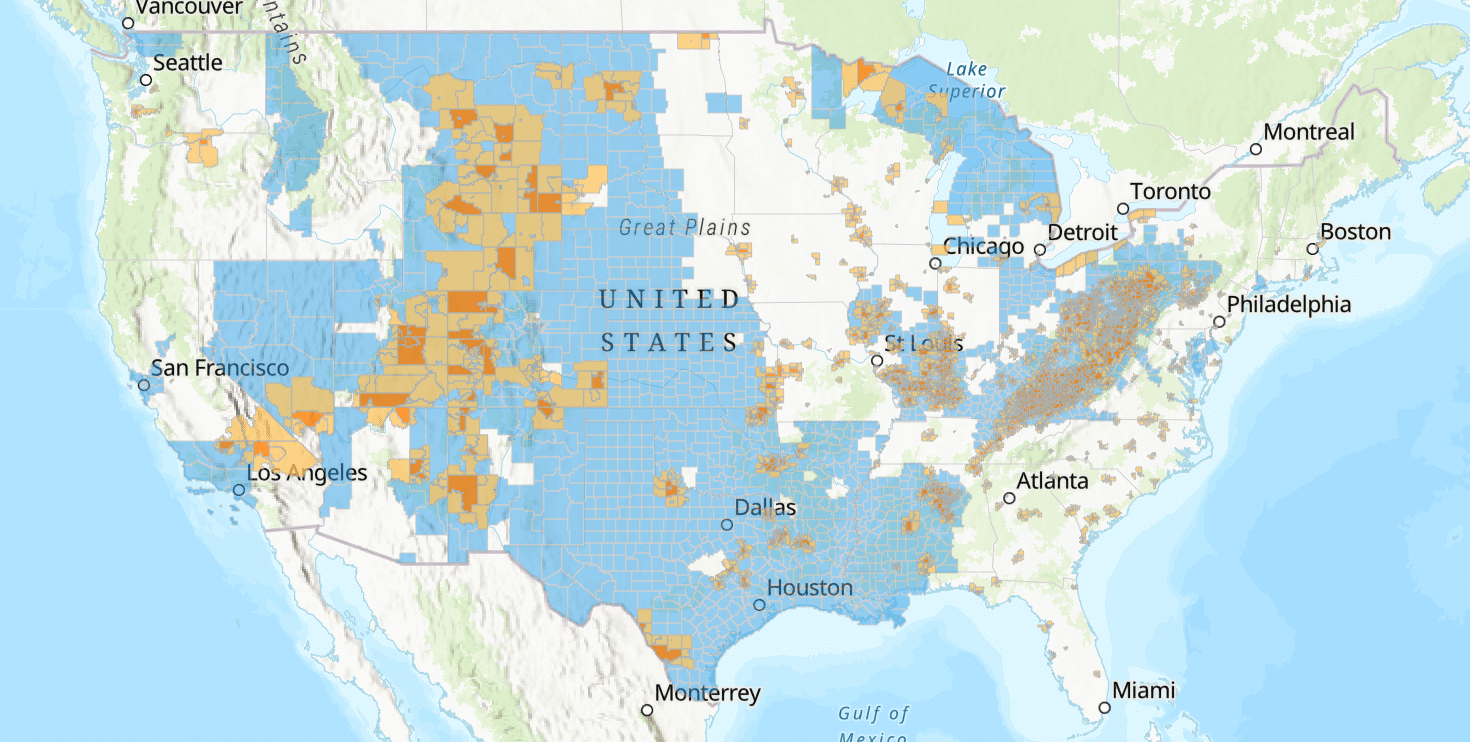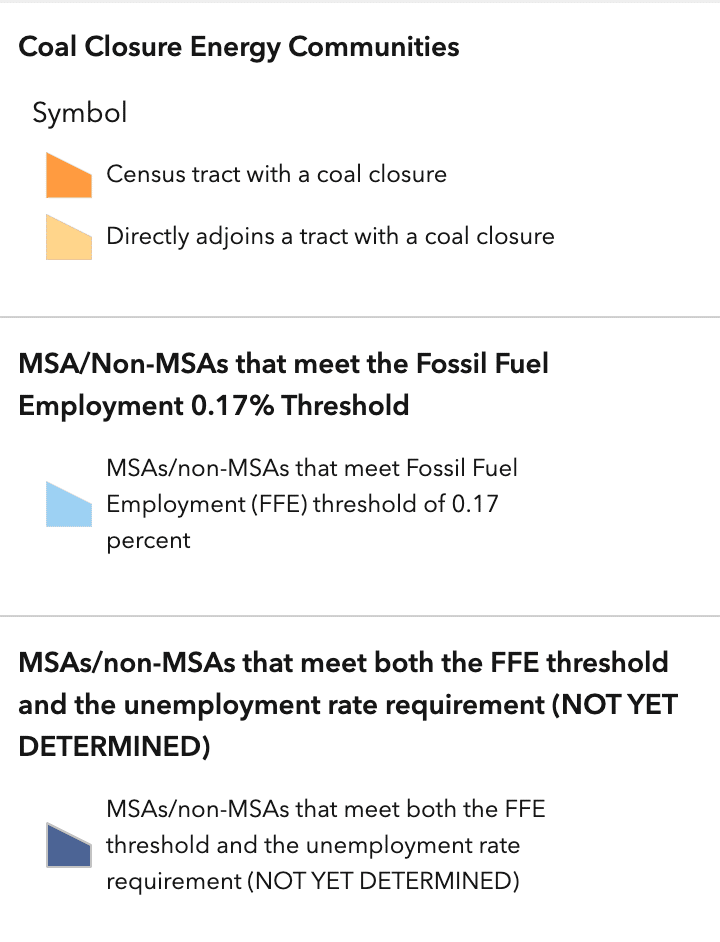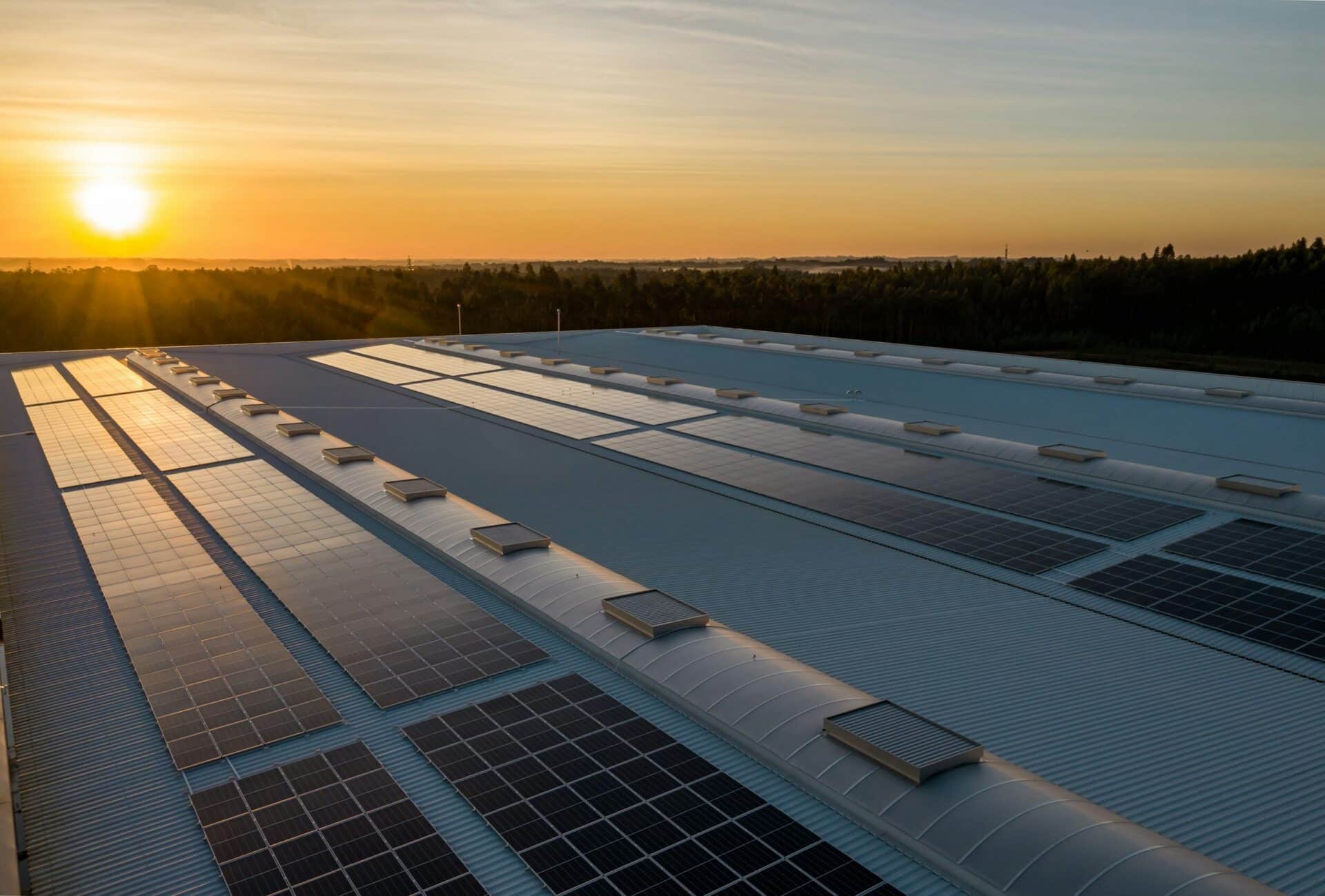ESG Benefits
Below we explain how projects listed on common forge support environmental and societal goals.
Environmental Uplift: Clean energy projects impact environmental outcomes through their energy production. Renewable energy credits for emissions offset are separate from production and investment tax credits.
Societal Uplift: Clean energy projects create an equitable transition when they’re brought to homes that cross a wider spectrum of income, create new and durable jobs, and are manufactured sustainably.
Carbon Mitigation
Clean energy facilities such as wind and solar output energy that replaces coal and natural gas plants.
Energy storage facilities such as large batteries can be set to charge during clean energy hours and discharge during dirtier grid hours, offsetting the need for inefficient, fast-starting gas and oil units.
When clean energy companies say that they’re achieving a carbon impact, the way they do so is by replacing fossil fuel generation and their associated carbon emissions.
Beyond the carbon emissions, however, there’s also local pollutants such as NO2, SO2, and a host of others regulated by the EPA that are abated when clean energy facilities replace fossil fuel generators. These pollutants disproportionately impact low income communities.
To help frame the offset, a US home generally consumes 11,000 kilowatt hours of electricity per year. Coal emits 2.26 pounds of carbon dioxide (CO2) per KWh, Natural Gas emits roughly 1 pound of CO2 per KWh, and gasoline emits 2.44 pounds of CO2 per KWh. A home’s carbon intensity will depend on the grid mix in its location.
Location, Location, Location
Solar output varies primarily by location, but also by technological considerations such as panel tilt, tracking, and panel quality. To simplify things, let’s focus on a simple ground mount resource.

A 10 MW solar facility in Southern California would output 17,000,000 KWh per year – offsetting the energy consumption of roughly 1500 homes.
A 10 MW solar facility near Boston would output 13,250,000 KWh per year, offsetting the energy consumption of roughly 1200 homes.
Beyond the direct offset of solar to a home, there’s a wider issue of grid carbon intensity.

Different parts of the US have relatively cleaner or relatively dirtier grids.
Installing a unit of solar or wind in the darker brown parts of the US will have a larger impact on overall emissions than installing another unit of solar or wind in the green parts of the country.
The carbon intensity changes hour by hour – depending on wind and solar output balanced against gas, coal, and oil resources.
To simplify matters for buyers, Common Forge will identify the energy output and grid carbon intensity offset of a project. Support projects in your home state, or outside, achieving the decarbonization benefit that helps your company’s mission and vision.
A just transition
The Inflation Reduction Act champions a just transition so that the entire United States can take part in decarbonizing our grid.
To do so, the IRA creates Energy Community adders to incentivize renewables deployment in dirtier parts of the grid, generally left out of the decarbonization conversation.

As a double benefit, many of these communities already have the power infrastructure in place to simplify renewables interconnection – a double win.
To qualify for an energy community adder, projects must satisfy one of the following criteria:

Energy Community Adders from the IRA
Projects located in blue, orange, or brown areas will generally qualify for a 10% energy community adder, per the IRA.
To simplify matters for buyers, Common Forge will identify projects that qualify for energy community credits, low income credits, and conform with prevailing wage and apprenticeship requirements.
